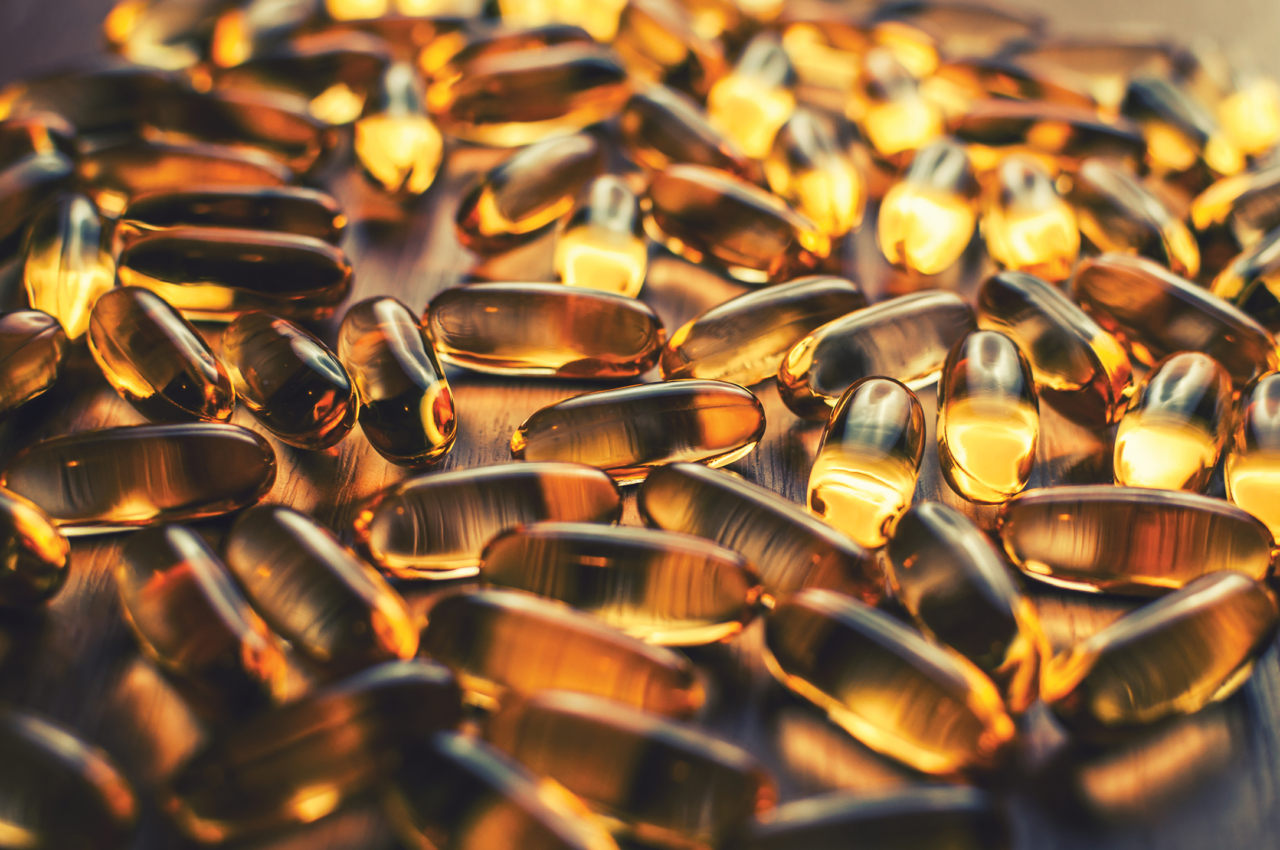 By Victor S. Sierpina, MD
By Victor S. Sierpina, MD
Last weekend, instead of donning my usual tennis clothes, I put on a crisp dress shirt and a pressed white coat with a UTMB logo to prepare for a day of telehealth visits with complex Medicare patients. As many docs have over the past months, we have migrated to electronic platforms to care for patients unable or unwilling to leave their homes. It has been a mixed blessing, but mostly a good thing in my view. It really does turn out that a lot of high-quality primary care can be done remotely, saving unnecessary exposure risk, work absence, patient, staff, and provider time.
However, I have come to realize that treating a laceration, heart failure, or assessing an acute abdominal pain cannot really be done virtually. Not well at least or even at all. Some things in medicine need the human touch and a face to face visit.
Now that we have been doing this for a while, I and my fellow clinicians have noticed a change in visit types. Initially, we spent an enormous amount of effort talking people down from the COVID anxiety cliff. There was such fear of the unknown.
Now, we are in transition. While the pandemic is by no means over, we must also focus on care of acute and chronic medical problems which may be life threatening. We look forward to seeing our patients in our clinics again very soon. This means they must feel safe coming in and that we protect them and our providers against unnecessary risks.

These include measures taken at our institution and others such as:
- Social distancing
- Fewer and distanced chairs in waiting rooms
- Limited number of patients/providers in clinic
- Virtual check-in process
- No walk-in visits
- Screening patients < 48 hours before visit and at time of visit
- Limited visitor policy
- Screen and mask staff, patients, and visitors at the door
- Frequent and thorough cleaning of clinic spaces
- Telehealth visits whenever appropriate
Another component is helping our patients enhance their innate immunity.
We know managing our stress improves immunity. This has long been known and well-researched in the field of psychoneuroimmunology. Reducing our stress level improves resistance to many diseases by mediating production of interleukins, natural killer cells, cytokines, lymphocytes, cortisol, norepinephrine, among other factors.
This is not so easy to do when livelihood and safety are under chronic stress. Some well-studied measures can reduce stress and thus improve our resilience and ability to cope with infection. These will vary from person to person. For some it is regular exercise, for others meditation, prayer, imagery, mindfulness, journaling, watching funny movies, laughter, walking in the forest, taking a sauna, getting enough sleep, being with friends and loved ones. In other words, self-nurturance, and putting on your own oxygen mask first to recover from the toll daily stress takes.
Because severe COVID infections kill by an overheated inflammatory response, it makes sense to dampen down background silent inflammation. Do this is with an anti-inflammatory diet, such as the Mediterranean diet, emphasizing whole grains, vegetables, fruits, healthy fats, fish and fish oil, dark chocolate, red wine, olive oil. Look up the Mediterranean diet online for details. It is available for various cultural and ethnic preferences. More of us are cooking at home so now is an opportunity for positive and long-lasting dietary change.
Finally, there are a few biological agents that offer promise and have a history of potential utility against things like the common cold and flu. Bear in mind though that these have not been tested against COVID. Some to consider are Vitamin C, Vitamin D (with some sunshine), and Zinc. Botanicals that may be helpful or even preventive are Elderberry, Echinacea, and Andrographis.
Integrative medicine has always stressed prevention first, so I’d like to close with a little about public health. Even though public health measures such as improved hygiene, water and food supply, vaccinations, and screenings have made an enormous impact in our society’s health in the past century, it remains the pale stepsister of medicine. An author I read recently recalls the shabby building housing the public health school she attended standing near the elegant, marble façade of the medical school at the same well-known institution. Priorities and values stated in brick and mortar.
Did you realize the budget for the Centers for Disease Control are around 1% of what the defense budget is? This may have been acceptable in the past, but more tanks, guns, planes, and warships are not that helpful in a bio-war, like we are in right now. In light of this pandemic, consider the implications of a bioterrorism campaign using infectious biological agents against which our public health system is ill prepared.
Medicine along with much of society is entering a tectonic paradigm shift. We must plan for an unforeseen future, not a past that no longer is there. New models of comprehensive care, better use of technology, wearable medical devices, revised economic incentives favoring, public health, home care, prevention, wellness, and holistic medicine are making more sense. They are likely even becoming mandatory if we are to survive as a people and a nation.


